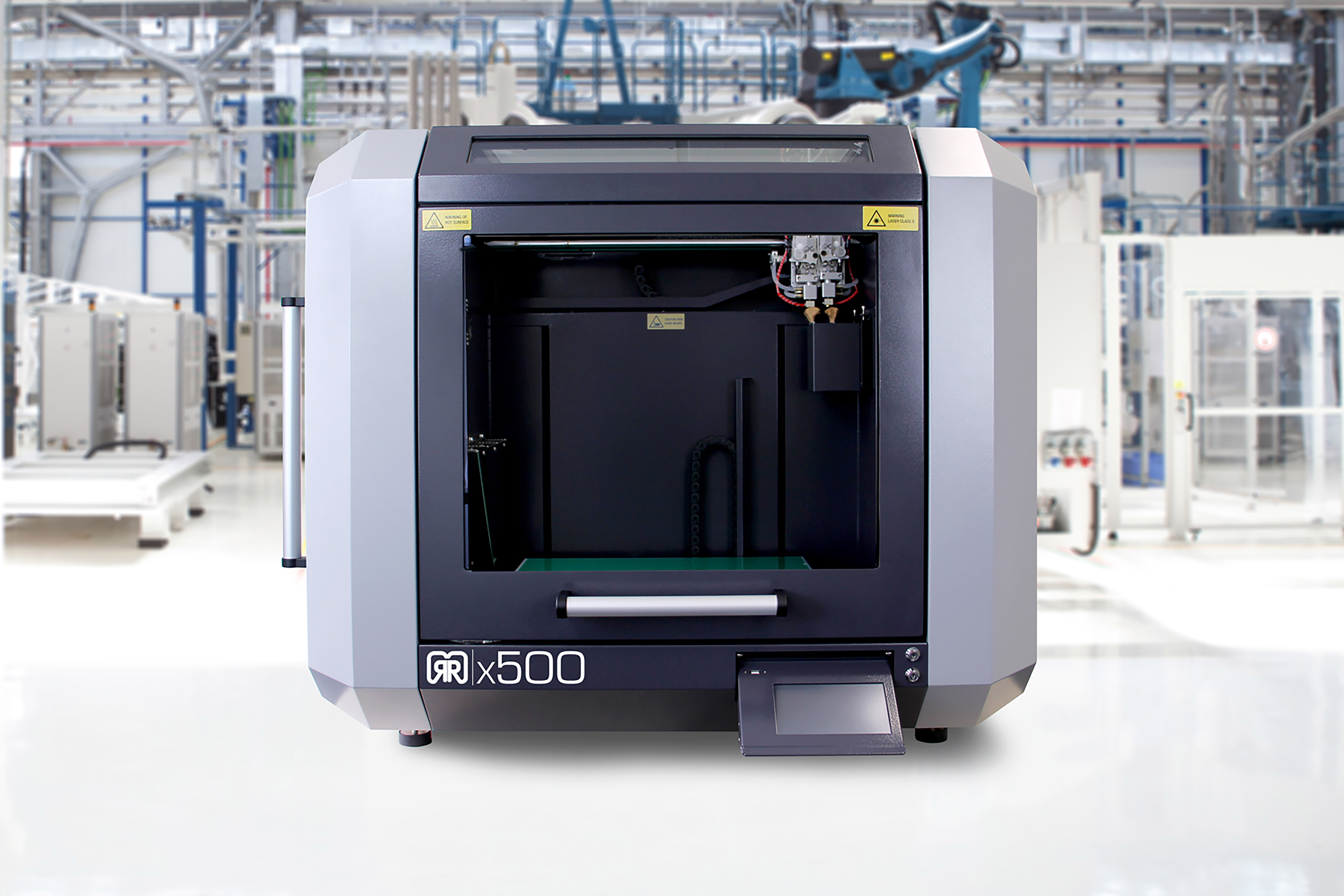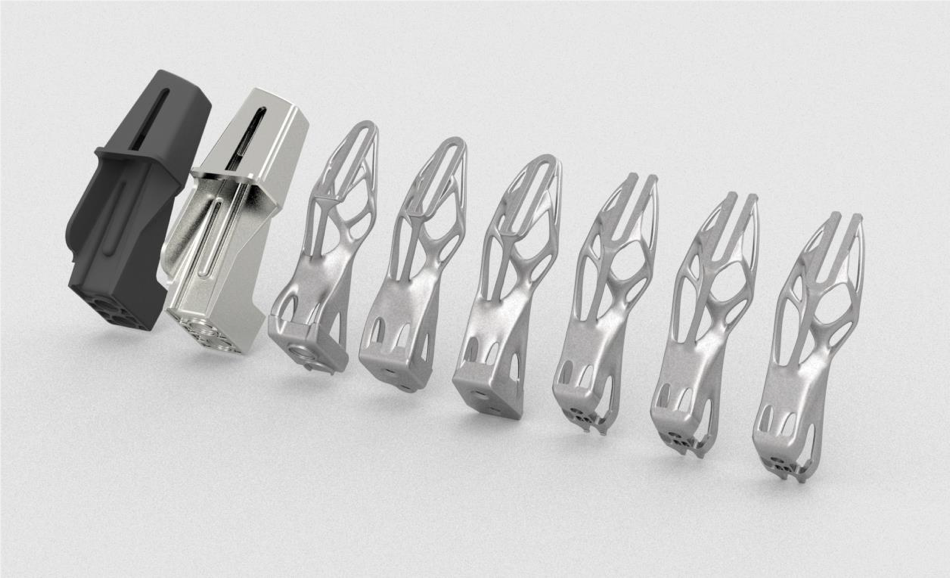German multinational automotive company BMW has used the x500 system from FFF 3D printer manufacturer German RepRap to help save time and implement more flexibility in its production processes.
BMW has been using 3D printing from German RepRap for several years, and uses the x500 3D printer for prototyping, helping the vehicle manufacturer to meet deadlines, achieve quality goals and cut costs. German RepRap stressed the importance of additive manufacturing for the automotive industry as a whole, stating:
“Enormous savings potential often still lurks in the production processes of the companies. The use of additive manufacturing can save resources such as time and money as well as optimize processes.”

Prototyping in the automotive industry with 3D printing
BMW has used the German RepRap x500 to produce prototypes specifically within its pre-development processes. This could include the 3D printing of fixtures, car part prototypes, production and assembly aids, which German RepRap states have become standard uses of 3D printing in the automotive industry. The x500 is aimed at the automotive sector, as well as the aerospace, and health-care verticals. The 3D printer features a build volume of 500 x 400 x 450 mm (XYZ), and an auto-bed leveling function.
Using 3D printing for prototyping, manufacturers in the automotive industry, like BMW, can achieve quicker series maturity by implementing different ideas for its end products at a faster rate. It also offers the advantage of design freedom, allowing engineers to experiment with their prototypes in ways that would otherwise be impossible to manufacture using traditional production methods. German RepRap adds “In the automotive industry, additive manufacturing has become a high priority, and further development and production is no longer conceivable without this technology. Ideas can be implemented faster, time and money can be saved.”
Other automotive companies that have utilized additive manufacturing for the production of prototypes include German automobile manufacturer Audi, which is using 3D printing for prototyping tail light covers. American automaker Ford Motor Company also used 3D printed prototypes for virtual testing in order to generate the high performance of its Ford Mustang Shelby GT500.

BMW excels in additive manufacturing
BMW’s use of additive manufacturing is not limited to prototyping, however. The company has long adopted additive manufacturing and experimented with the technology for different processes and components. It recently launched the “Industrialization and Digitization of Additive Manufacturing (AM) for Automotive Series Processes” project or IDAM for short. The project aims to produce at least 50,000 components per year in mass production using additive manufacturing, and over 10,000 individual and spare parts.
BMW has also applied additive manufacturing to numerous functional and blue-sky innovation projects. It has used 3D printing in the production of its S58 engine, and won awards for its 3D printed roof brackets. Furthermore, BMW’s redesign of the S1000RR motorcycle frame demonstrates the different innovative ways the company is exploring to implement the technology.
You can now cast your vote for the third annual 3D Printing Industry Awards. Help decide this year’s winners now.
Subscribe to the 3D Printing Industry newsletter for the latest news in additive manufacturing. You can also keep connected by following us on Twitter and liking us on Facebook.
Looking for a career in additive manufacturing? Visit 3D Printing Jobs for a selection of roles in the industry.
Featured image shows the German RepRap x500 in operation. Photo via German RepRap.


